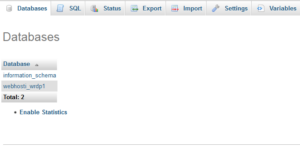How to Remove extensions from URL
URL stands for Uniform Resource locater that is the global address of documents and other resources on the World Wide Web. According to the syntax of URL the primary part of the URL is named a protocol identifier and it indicates what protocol to use, and therefore the second part known as a resource name […]
Read More »
